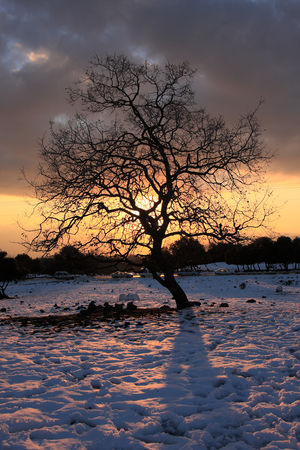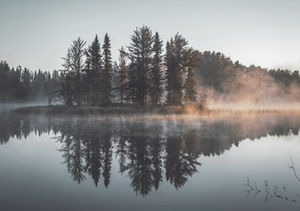
Samhain, which we call Halloween, All Hallows or All Saints Day, has a very ancient tradition. In Celtic countries, as in the Middle East, a day begins at sunset. Therefore, Samhain starts on All Hallows Eve or Halloween — October 31st — and continues until sunset on November 1st. Our Celtic ancestors anciently elebrated Samhain as New Year’s Day, the first day of their new year. The Norse moved New Year’s Day from Samhain to Yule. Our present day Halloween, November 1st, was designated a feast of all the dead by a Celt, St. Odilon, in 998 CE. Later the church changed that feast to November 2nd and the November 1st celebration was assigned as a day of honor for the saints alone.
At the beginning of a new year, we tend to reflect on the year gone by and prepare for the winter to come. Of course, it is easier to reflect on the year just past if one has kept a journal. Samhain was also the time for settling old debts and reckoning up what one was owed. A part of that settling was making peace and restoring friendships.
Samhain means ‘summer’s end’. In addition to being an annual period of reflection it is at this time of the year, when the cold breath of winter stirs the hairs on the nape of the neck, that one pauses to examine one’s own mortality. Samhain marks the beginning of the lunar Year of the Little Sun. The little sun is the moon. After Samhain, as the days grow short and nights lengthen, the moon is seen more than the sun. After the bounty of summer comes the dearth of winter and Samhain stands directly between the two.
Samhain is outside of time because it is a threshold time, one of the eight Portals of the Seasons. The laws of nature are suspended at these times. Times of change are also times of danger. As in all times of danger, the tribe gathered to support one another and to honor to their ancestors, the High and Lordly Ones.
For more information and history
www.circleoftrees.com/samhain





